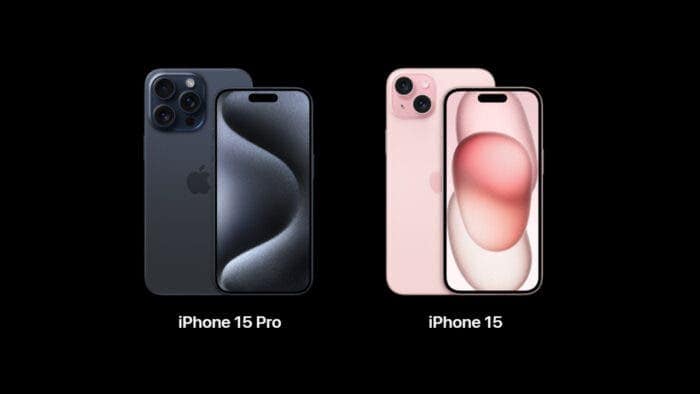Apple unrolled the curtains on the iPhone 15 series two days ago. In the launch event, Apple touted the entire lineup as a “huge leap.” But in reality, it’s just the Pro and Pro Max that saw significant advancements. The rest, especially the base model, is not that far from last year’s iPhone 14.
On that note, the iPhone 14 itself was nearly identical to the iPhone 13. Nonetheless, with around a $200 difference between the Apple iPhone 15 Pro, the entry-level model doesn’t really make much sense. And there are some solid reasons behind this.
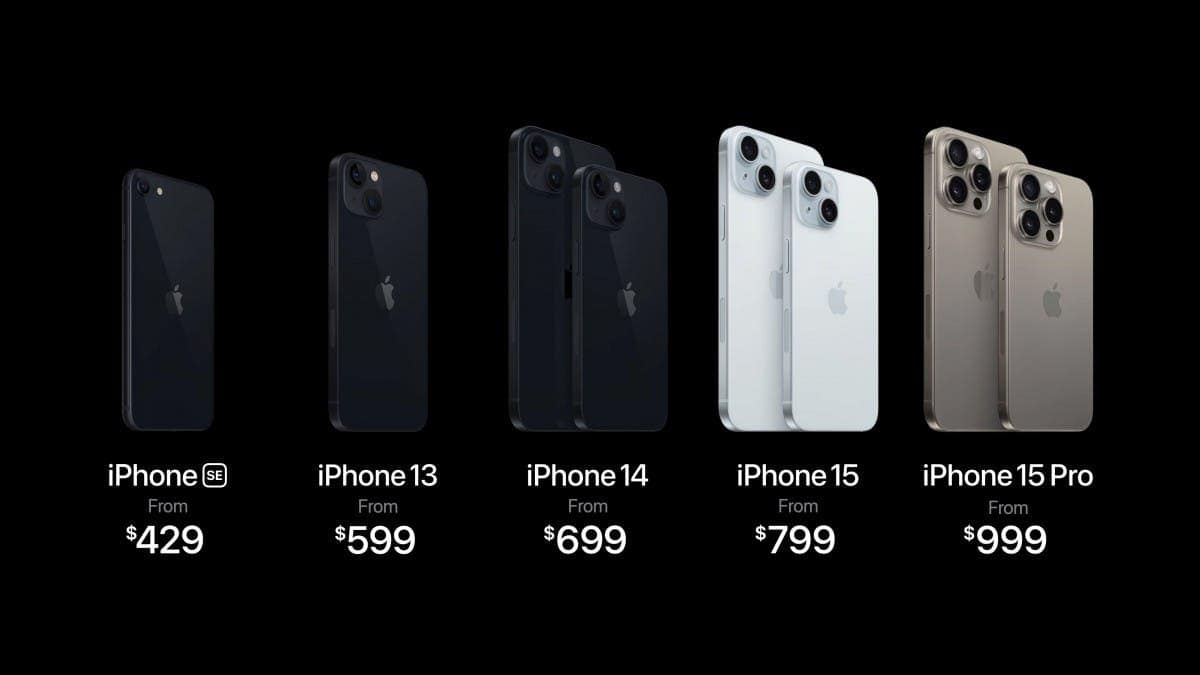
No Major Display Upgrade
Yes, the entire Apple iPhone 15 lineup got the Dynamic Island cutout. Also, compared to last year’s base model, the regular 15 has a higher brightness output. But besides these two, all the other aspects of the display are similar to last year’s model.
Like the iPhone 14, the base iPhone 15 comes with the same 6.1-inch Super Retina XDR OLED display. What’s more important is that the panel has the same resolution and features the same 60Hz refresh rate. By no means is this display sub-par. But there’s a night and day difference compared to the Pro models of the lineup.
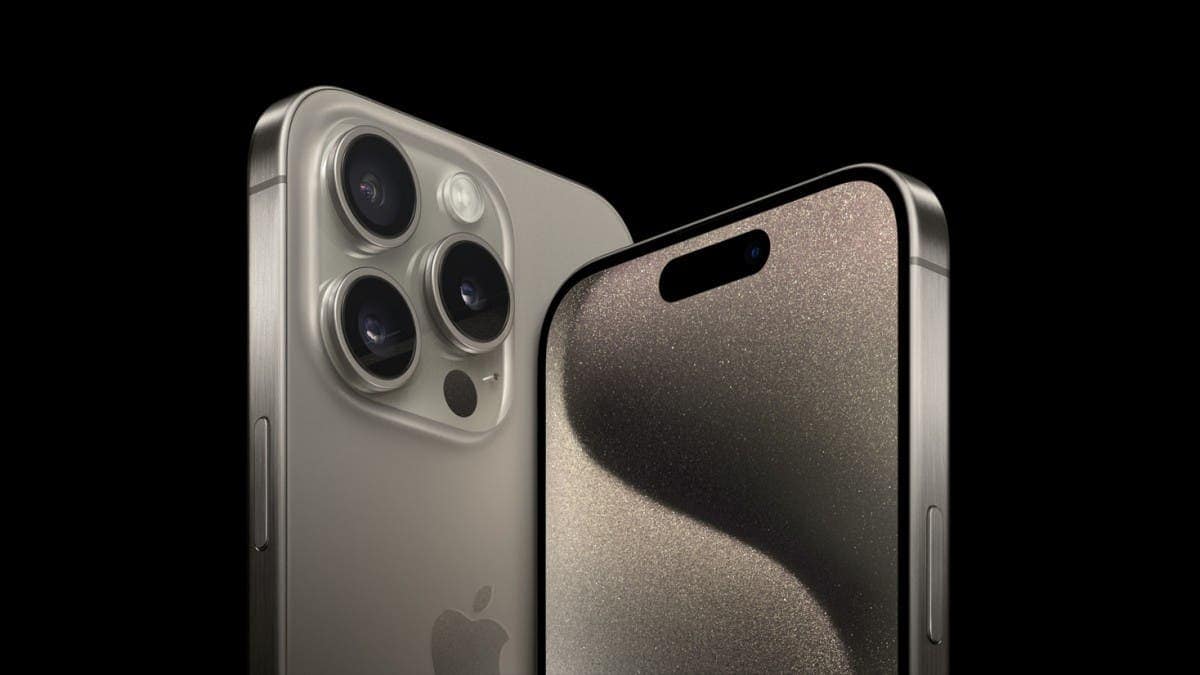
Apple could’ve at least integrated 90Hz refresh rate support for the base iPhone 15. This feature could’ve made the display of the base model offer a much better viewing experience.
If you’re wondering, the Apple iPhone 15 Pro models have 120Hz LTPO OLED. They also feature Always-on Display (AOD), which Apple could’ve easily implemented in the base model. And let’s not forget to mention that Apple has shrunk the bezels of the 15 Pro devices, making them much sleeker than the vanilla and Plus models.

Huge Performance Gap Between the Apple iPhone 15 and 15 Pro Models
The regular iPhone 15 and 15 Plus comes with the Apple A16 chipset. Yes, it’s the same SoC that’s found in the Pro models of last year. And Apple has made it pretty customary to use the same chipset of last year’s Pro model SoC on the regular model of the following year.
Sure, the Apple A16 is still a great SoC. It comes with a 6-core configuration with 2 performance and 4 efficiency cores. And yes, it does have a pretty powerful 5-core GPU and 16-core Neural Engine.

Additionally, the Apple A16 features a 4nm fabrication process, which is a step up from the 5nm process of A15. However, compared to the A15, the performance gains in the Apple A16 SoC are subtle at best. And the performance gap between the Apple A17 Pro of the iPhone 15 Pro models and the A16 is quite significant.
The SoC of the Apple iPhone 15 Pro devices is the result of a 3nm fabrication process. It’s the first of its kind, and it aims to deliver 10% faster CPU performance and up to 20% gains in terms of GPU. What’s more important is that Apple is pushing the gaming capabilities of the Apple A17 Pro.

As I’ve covered previously, the GPU of the Apple iPhone 15 Pro devices will soon run console and PC games. To be exact, Apple has confirmed that the proper port of the Assassin’s Creed Mirage and Resident Evil Village will drop early next year. Also, the Pro models get hardware-accelerated Ray Tracing, which is a first for iPhones.

You also need to consider that the iPhone 15 vanilla models get lower RAM than the Pro devices. To be exact, the base model and Plus model caps at 6GB of RAM, while the Pro model gets 8GB of RAM. This 2GB of extra RAM will make the Pro model offer better performance in most of the intensive tasks.
No Major Camera Improvements
The base Apple iPhone 15 model does come with a better camera than the predecessor. Its main camera is a 48MP sensor. However, like before, Apple made the best cameras exclusive to the Pro models. The 15 Pro has a much bigger main camera sensor with 1.22µm pre-binned pixels.
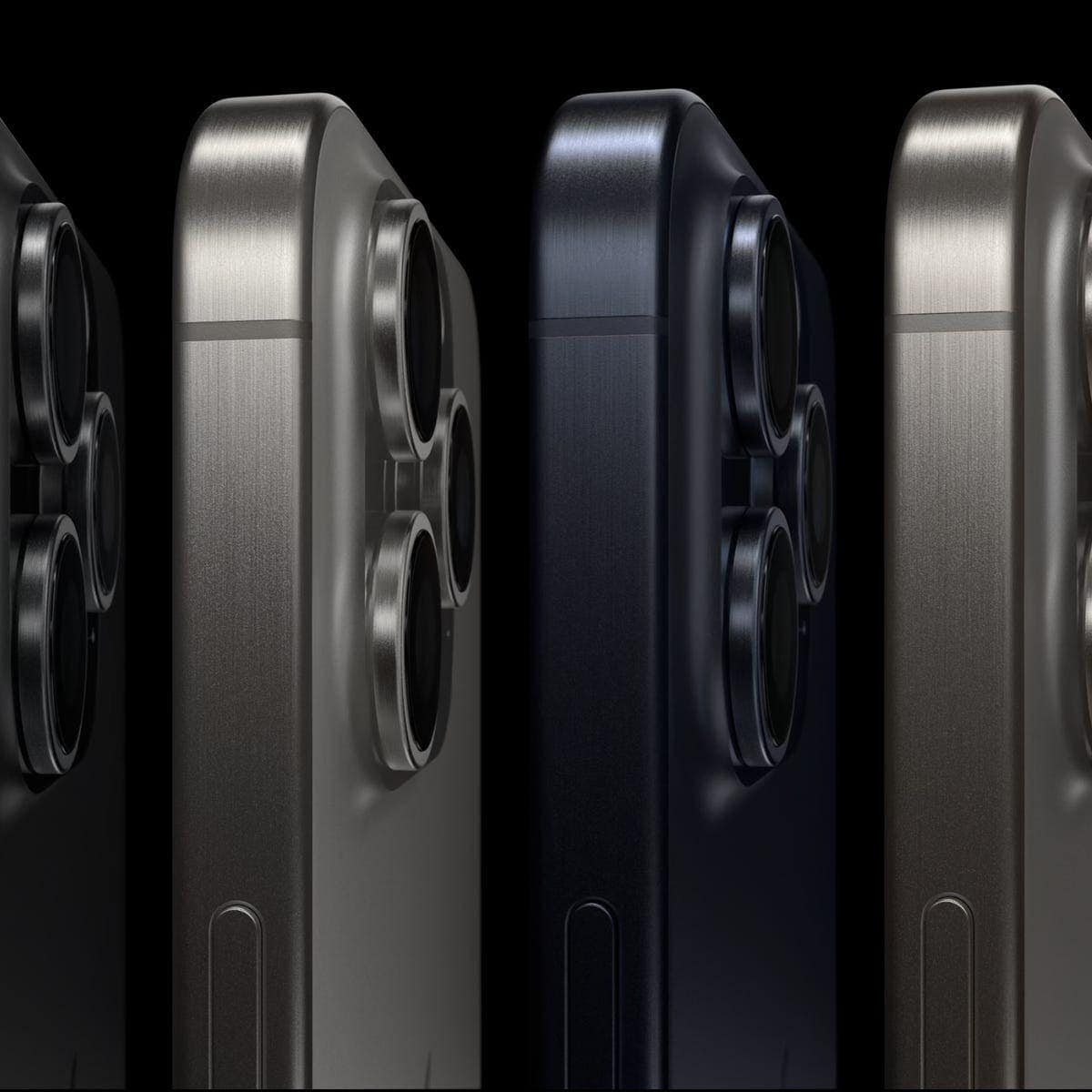
In addition to that, the primary camera of the iPhone 15 Pro devices has an f/1.78 aperture and second-gen sensor-shift stabilization. Also, the Pro models have exclusivity in terms of ProRAW image capturing. This feature allows you to get the most out of the souped-up sensor of the Pro models.
Another big standout is that the Apple iPhone 15 Pro devices have 3x optical zoom. On the other hand, you get digital zoom on the vanilla model and Plus. Also, thanks to the new A17 Pro chip, the Pro devices can capture at 4K 60FPS with the ACES color profile. There’s 3D spatial video support as well. You won’t find these in the regular models.
Slow USB-C Speeds On the Regular iPhone 15 Models
While the entire Apple iPhone 15 range got the USB-C port, it’s the Pro models that truly received an upgrade. The regular and Plus model can offer USB 2.0 speeds, which is at 480 Mbit/s. On the other hand, the Pro devices get a USB 3.0 port, which is rated for up to 10 Gbps. In comparison, the regular devices are over 20x slower.
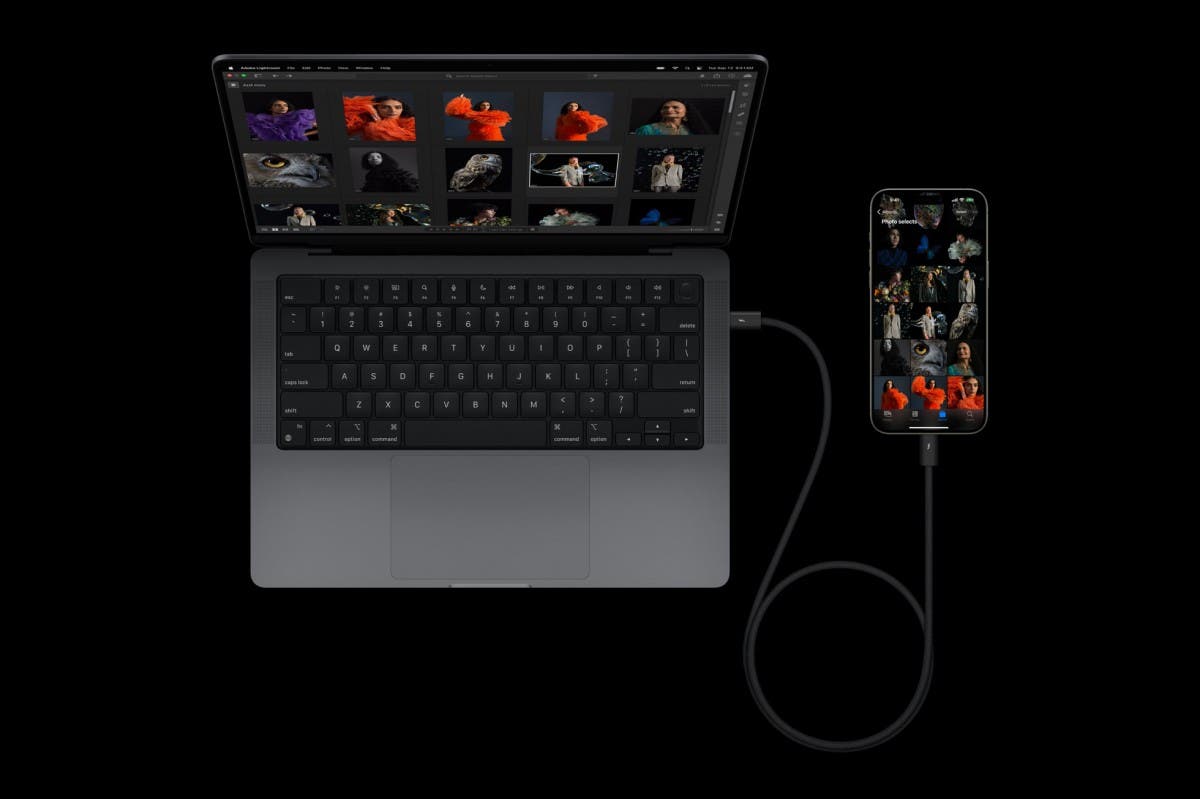
This eventually means that transferring large-sized files, such as 4K videos, through the regular Apple iPhone 15 will take a good minute. In contrast, the USB 3.0-equipped Pro devices can do it in pretty much seconds.

